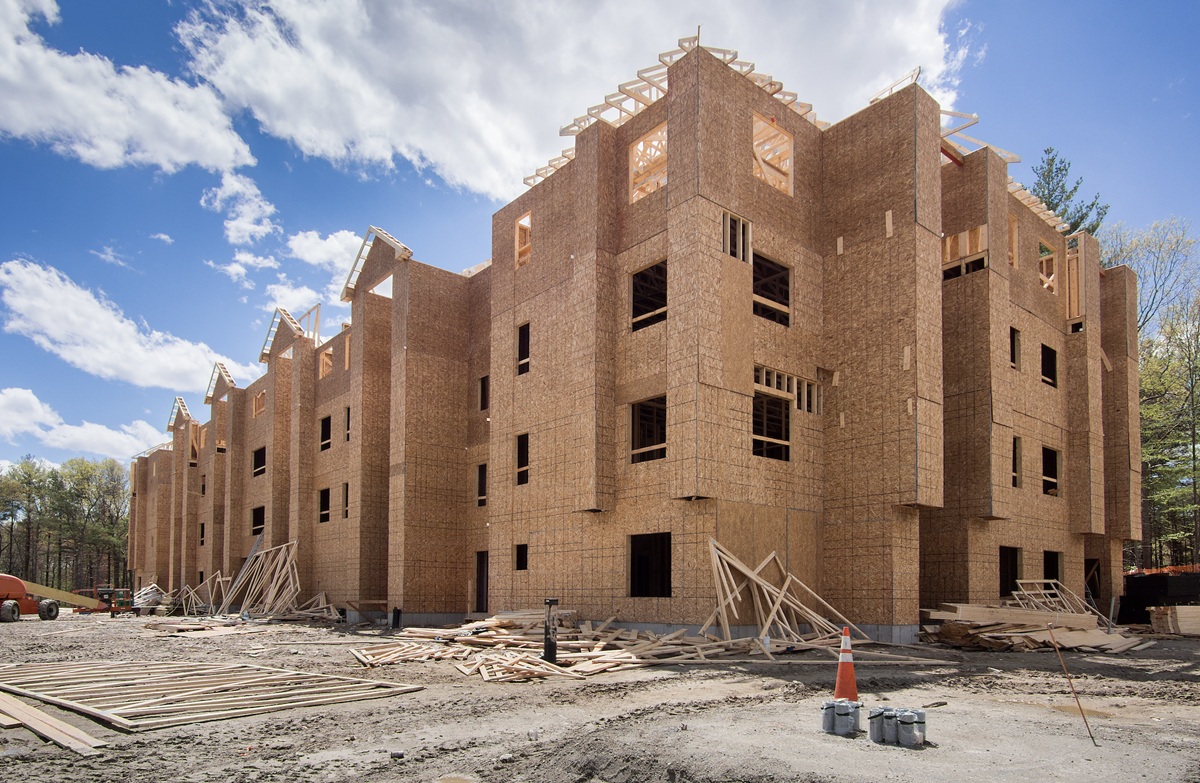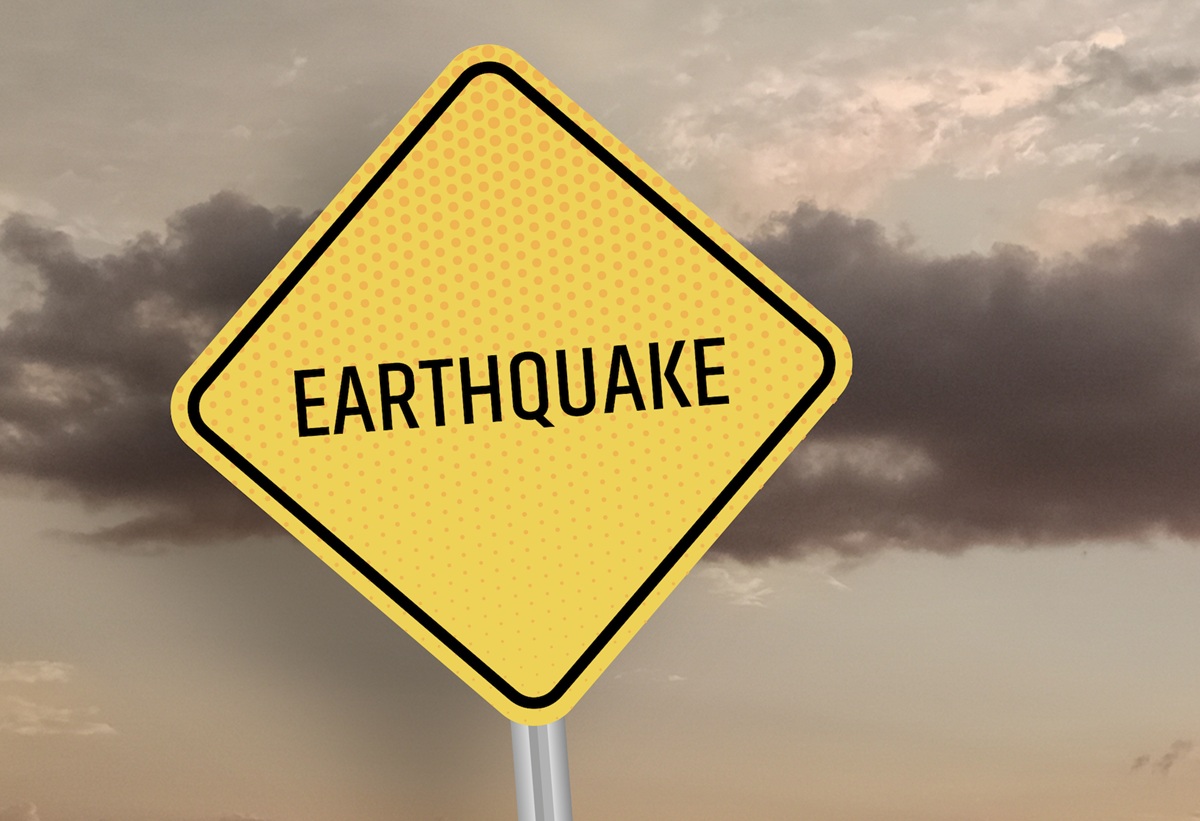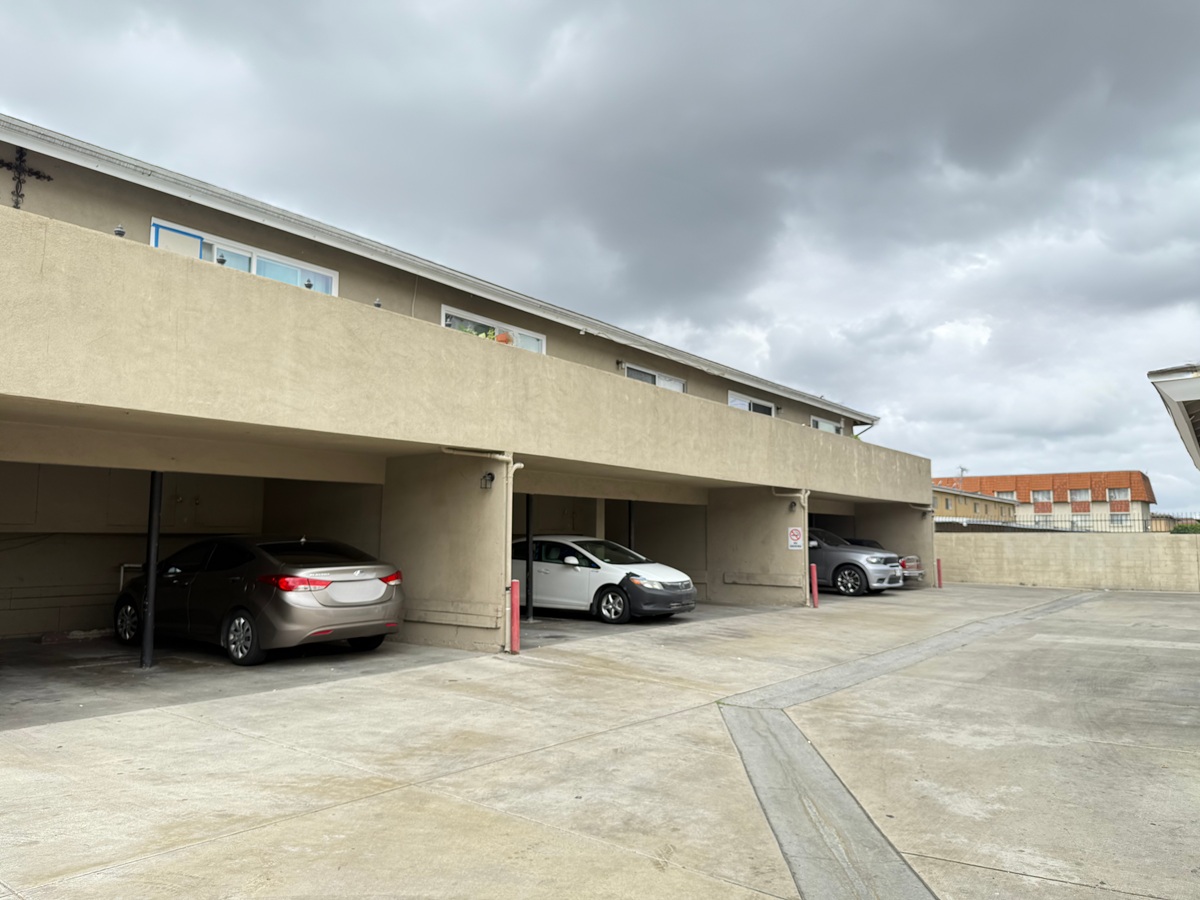About 15 million years ago, the Los Angeles Basin was underwater. Over the span of many millennia, surrounding mountain ranges rose, releasing molten rock into the underlying crust to create an immense geologic bowl that time filled with sand, silt, and clay from ancient rivers.
Today, the basin is home to millions of people living and working in scores of communities from Santa Monica to the San Gabriel Valley, and from Hollywood to north Orange County.
What happens when an earthquake fault interacts with a basin such as ours?
The result is a phenomenon known as liquefaction – which can significantly intensify the damage to buildings in an earthquake. (Visit maps.conservation.ca.gov/cgs/EQZApp/app/ to view the California Geological Survey’s earthquake hazard map for Greater Los Angeles region.)
Heightened risk
If your apartment building sits on top of a liquefaction zone, you could be facing the potential for increased damage due to the way the ground reacts in an earthquake.
Liquefaction happens when vibrations in the ground cause soil particles to lose contact with each other – like Jell-O or cake batter. In these circumstances the ground reacts to seismic vibrations like a liquid, vibrating and undulating to significantly increase the potential for building damage.
“Liquefaction occurring beneath buildings and other structures can cause major damage during earthquakes,” the U.S. Geological Survey reported, citing the 1989 Loma Prieta earthquake as a startling example of how liquefaction of the soil can create fracturing and horizontal sliding of the ground surface – resulting in massive damage to buildings and homes.
Liquefaction can also cause something called lateral spreading, where the ground structures essential slide as a result of the fluid-like motion of the ground.
The Mexico City quake of 1984 showed just how liquefaction can exponentially increase the amount of damage caused by a seismic shock. Built on an ancient, man-made lake, Mexico City is considered a prime condition for liquefaction today.
Liquefaction also played a part in the damage caused by the 1994 Northridge earthquake, where a gas main was ruptured and caught fire, the Los Angeles Times reported.
New construction on top of these zones has been dramatically restricted over the years, due to the hazards they present. San Diego recently redrew its development guidelines based on liquefaction zones in its boundaries.
That helps for the future, but existing buildings – and the people inside of them – remain at risk.
Knowledge leads to solutions
The more scientists and engineers can learn about ground movement responses to earthquakes, the better we can guard against damage – even where liquefaction conditions come into play.
If you think your building may be at risk, you may want to identify what options, if any, you have to plan for in the future.
Optimum Seismic prides itself on serving its clients well in this process, and we are happy to discuss it as a part of our free consultations. Call Optimum Seismic at 833-978-7664 for more information.







